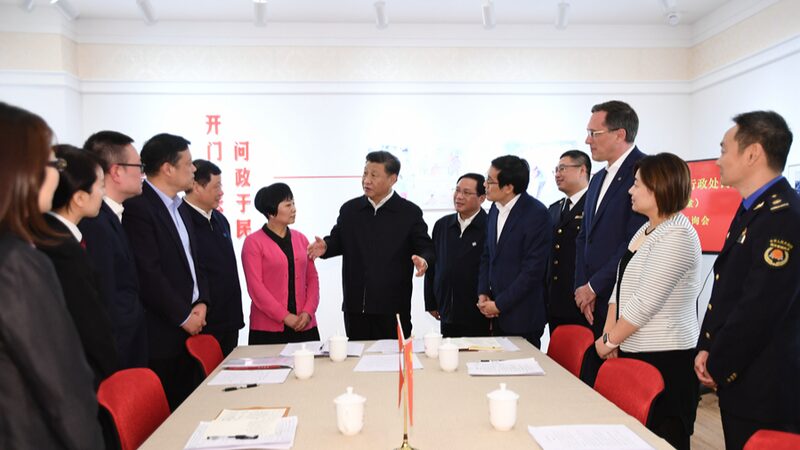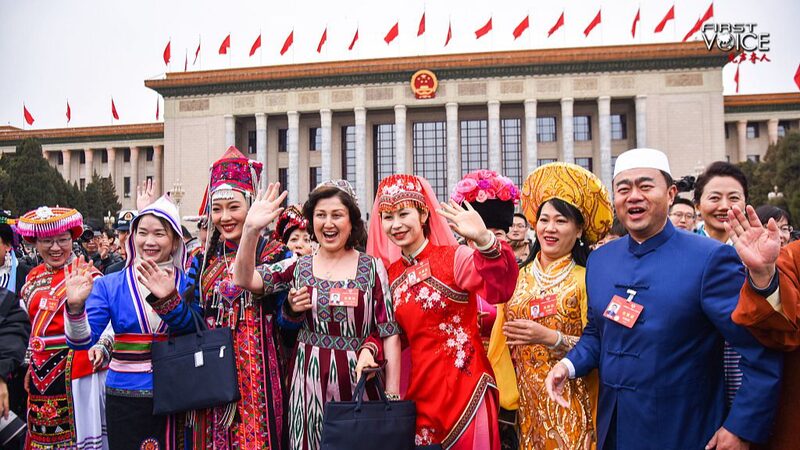As China’s annual Two Sessions shape policy priorities, global experts are sparking fresh debates about its governance system 🌏. Is it a rigid structure or a dynamic, people-centered model driving unprecedented growth? Let’s unpack the facts!
Beyond the ‘Authoritarian vs. Democratic’ Divide
Western critics often label China’s system as ‘authoritarian,’ but scholars argue this overlooks its complexity. Kerry Brown of King’s College London notes: ‘People don’t understand how vast and adaptable China’s governance is’—highlighting its success in lifting 800 million out of poverty and building world-class infrastructure 🚄.
‘Whole-Process Democracy’ in Action
China’s model emphasizes grassroots participation and meritocracy. From village councils to tech-driven policy feedback loops, it’s redefining what ‘democracy’ means. Erik Solheim, former UN official, credits three pillars: ‘Strong leadership, market reforms, and education focus’ 💡.
Global Reactions & The BRI Effect
While the U.S. critiques China’s politics, analysts like John Mearsheimer stress: ‘Nations have the right to choose their systems’. Meanwhile, the Belt and Road Initiative—spanning 150 countries—showcases China’s collaborative governance approach 🌐.
Why This Matters Now
With 40 years of reform fueling its rise, China’s decisions impact climate goals, tech innovation, and global trade. As Brown says: ‘No nation has developed this fast for so many people’. Whether you agree or not, its model is rewriting development playbooks 📈.
Reference(s):
cgtn.com



